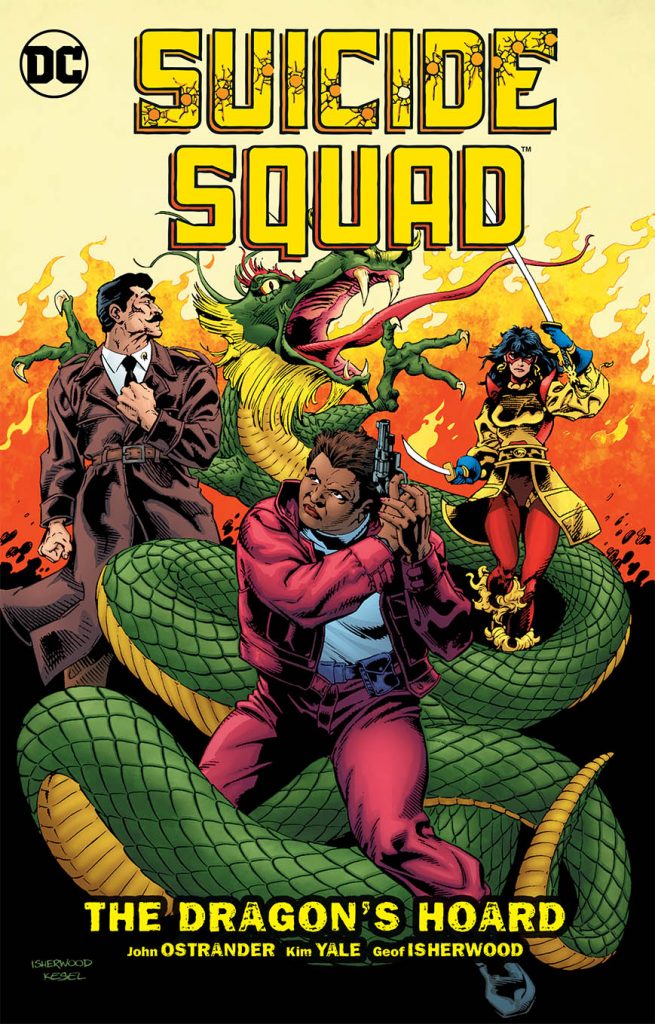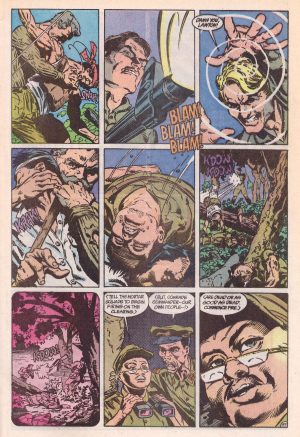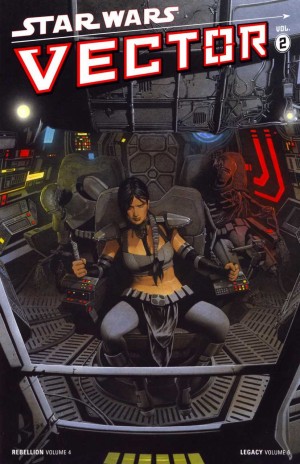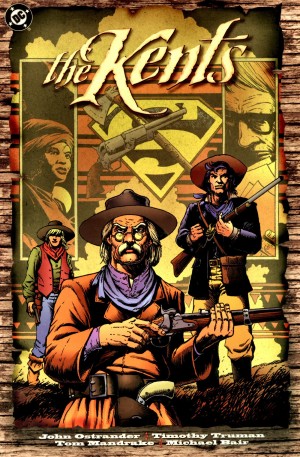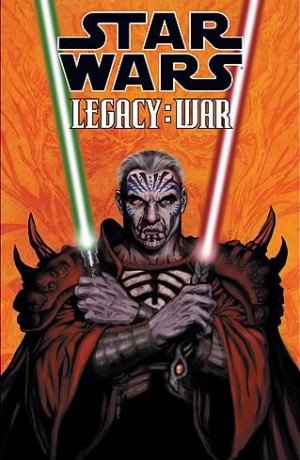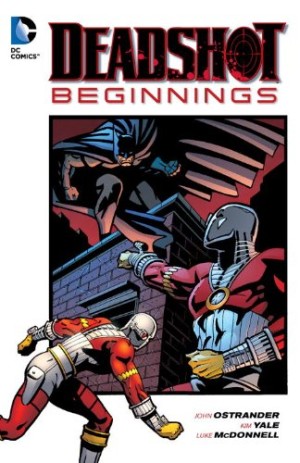Review by Frank Plowright
The longer episode opening this collection was the 50th issue of this Suicide Squad series, and in celebratory mode several characters who left the team alive, but under strained circumstances return for a mission to rescue Rick Flag. Hang on, isn’t he dead? The returned team members are credibly and cleverly restored, and clever and credible are adjectives applying to most of the collection (a probe into Dr Light’s psyche is funny as intended, but a little fanciful). Take the sub-plot of Deadshot’s missing luggage, run through much of The Phoenix Gambit. Co-writers John Ostrander and Kim Yale conclude it early here, but in brilliantly unpredictable fashion, underscoring the depth of consideration they give to the cast’s personalities, and the insight they possess.
Five chapters are required for the title story, and barely a panel is wasted in this prime action thriller. It was written shortly after the Soviet Union’s failed involvement in Afghanistan, and involves a major cache of automatic weapons hidden in Cambodia and planned for sale to Japan’s gangsters via an Australian middle man. These weapons are referred to as the Dragon’s Hoard, and the Suicide Squad’s mission is to either capture or destroy the weapons. It sounds simple enough when you have the super powers at your disposal that Amanda Waller has, but in the manner of all the best caper stories, it doesn’t go to plan. That’s because it’s not only the Yakuza who want those weapons, the Soviets and the Khmer Rouge are among others tracking them.
There’s a really satisfying depth to this story, as Ostrander and Yale don’t just throw the Suicide Squad into Cambodia, they consider the real world political realities of the area (as they were in 1991), and also spotlight the involvement and plotting of other parties. That’s in a story that squirms away from the predictable and offers plenty of surprises. A really good one is some Yakuza gangsters confronted by an old lady. It also serves as an example of how the writers never let a good character go to waste. The previous book introduced Stalnoivolk, an unforgiving 1930s style Soviet communist with steel hard skin and super strength, a Russian Luke Cage if you will. He appeared to have served his purpose, but is restored here, his identity useful in a tale where the Russian security forces feature heavily, and several other more obscure DC characters feature. The interaction between the other Suicide Squad members is excellent. Few of them like the remainder, and even the more amenable of them have their issues, all of which feed into the story’s plot.
Most of the artwork is by Geof Isherwood, ideally suited to a thriller story largely without costumes, and Luke McDonnell’s participation is also fine. Jim Fern illustrates the Dr Light story, deliberately accentuating the eccentricity of it via cartooning, and while okay for what it is, it very much seems out of place given the remaining content.
The final chapter introduces a number of new characters to the Suicide Squad, and includes the writers’ meta-commentary on creators who insert themselves in their own strips. Unfortunately, while okay for a crossover episode, it’s the least memorable piece here. This is the penultimate volume of the 1980s/1990s Suicide Squad, whose story comes to a resolution in Final Mission.
